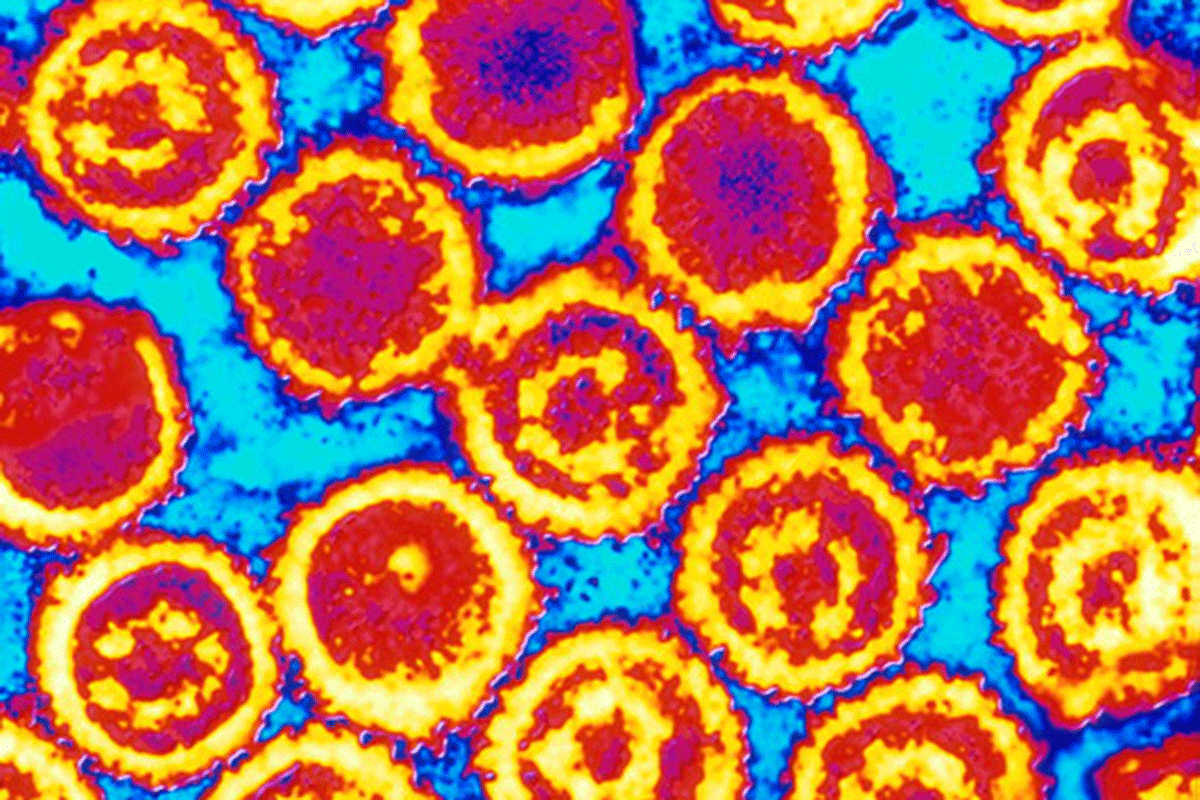Scientists Describe Kaposi’s Sarcoma Virus Structure, Herald Potential Roadmap for Drug Development
There are eight types of human herpes viruses, and they cause a wide spectrum of diseases, ranging from common cold sores to cancer. Most people carry one or more of the viruses. The herpes virus typically does not cause major health problems until the immune system is compromised — after an organ transplant, by AIDS or another disease that affects the immune system, or in older age.
One of these viruses, the Kaposi sarcoma associated herpesvirus (KSHV) causes Kaposi sarcoma (KS) also known as human herpesvirus 8 (HHV8). KS is the commonest neoplasm associated with KSHV infection and among the first clinical manifestations in untreated AIDS patients. KSHV is in the same family as Epstein-Barr virus (EBV), the virus that causes infectious mononucleosis (mono) and is linked to several types of cancer.

Discovered in the mid-1990s at the height of the AIDS epidemic, KSHV continues to be the most common cancer-causing virus associated with AIDS. In low-income countries, KSHV also poses a significant threat to people who don’t have AIDS.
Furthermore, there are no current vaccines or drugs to prevent or treat KSHV or the cancer it causes. Knowing the atomic structure of the herpes virus’s protein shell, or capsid, could be an important step toward antiviral therapies. It would give scientists specific targets in the protein shell that are critical to the virus’ ability to spread.
“Without knowledge about the structure, it was impossible to target specific sites of the enormous capsid to disrupt the spread of the virus,” said Z. Hong Zhou, a professor of microbiology, immunology and molecular genetics, a member of UCLA’s California NanoSystems Institute, and a senior author of the research. “Our study provides that atomic description.”
In the course of the study, the UCLA team used a new electron-counting technology called cryo-electron microscopy which enabled them to see the herpes virus with unprecedented resolution, which in turn allowed for them to create a 3-D atomic model of the virus. The virus is composed of approximately 3,000 proteins, each consisting of roughly 1,000 amino acids.
“The high pressure caused by the densely packed herpes virus genome also means that if one unit is weakened, the whole structure will fall apart,” said Ren Sun, a professor of molecular and medical pharmacology, and bioengineering, a member of the California NanoSystems Institute and the study’s co-senior author. “This offers a distinct advantage as a mechanism for drug development.”
Sun’s group is following up on these findings by screening for drugs that could perform similar antiviral actions in humans.






























